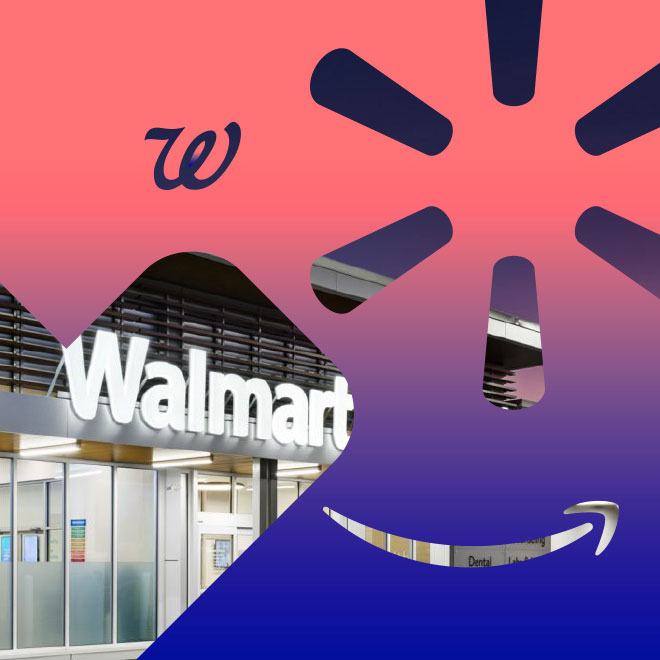It’s Time to Get Real About Consumerism in Healthcare
Embracing a New Era in Patient-Centered Care
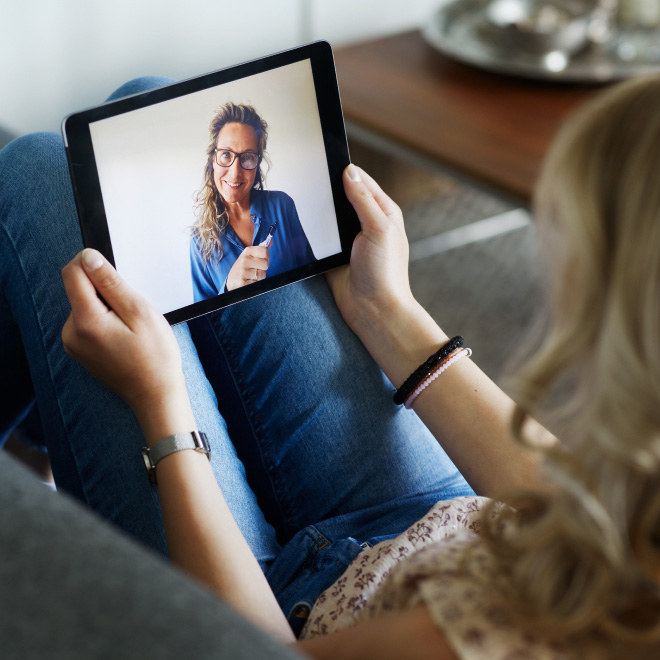
Estimated Read Time: 3 - 4 Minutes
The following is an excerpt from our newest H&W POV. The full version can be downloaded here.
We are at the precipice of exponential change in healthcare characterized by the convergence of cutting-edge technology, medical breakthroughs, an increasing demand for health-related products and services, and a growing desire for health monitoring and immunity enhancement. This convergence is driving a fundamental shift toward competitive consumerism in the healthcare sector.
But what does "consumerism" mean in the context of healthcare? It doesn’t imply that the neighborhood doctor’s office is now the go-to hotspot for Black Friday deals. Instead, it signals a significant shift happening with nomenclature and purpose.
Let’s start by examining the individuals receiving care. For thousands of years, they have been referred to as "patients," a term derived from the Latin patiens, meaning "I am suffering." This term implies a certain power dynamic between those in need of care and those providing care. Over the years, this dynamic has held true, reflecting a traditional cycle of care characterized by episodic interventions.
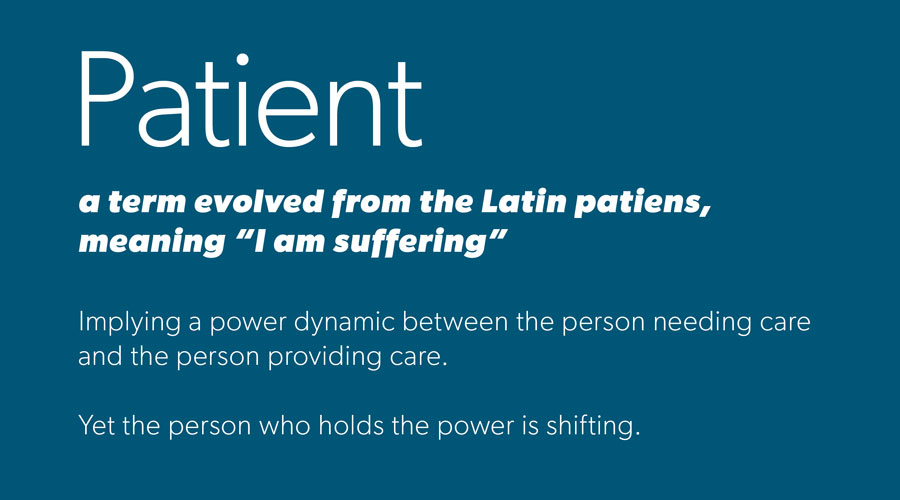
However, as people gain more agency over their own health, the long-established power dynamic between providers and patients is beginning to waver. The COVID-19 pandemic has only accelerated this transformation, with telemedicine adoption skyrocketing in just months, Usage rates have surged from 14% of Americans who had used telemedicine before the pandemic to a staggering 57%.1 This newfound autonomy reinforces the ongoing transition towards healthcare consumerism, where patients are evolving into informed consumers.
Let’s break down the 5 C’s of consumerism: Choice, Control, Convenience, Cost, and Continuous:
1. Choice
Traditionally, medical choices were often dictated by insurance plans. However, the rapid rise in enrollment in high deductible insurance plans has empowered Americans to make more selective choices about their healthcare. They can now decide where and how they receive care, expanding the onus consumers.
- Of employers offering health benefits, those that offer high deductible health plans (both HRA and HSA-eligible) has increased 154% from 2009 to 2019.2
Implication: Practices need to clearly communicate their value proposition and deliver on it as consumers become less reliant on insurance guidance.
2. Control
We may joke about “Dr. Google,” but the reality is that in today’s digital age, people are better informed when they seek medical consultation or treatment. Access to knowledge unlocks power, shifting the relationship dynamic from provider/patient to advisor/active participant.
- 51% of people are very or extremely likely to tell their doctor when they disagree with them.3
Implication: As people gain more access to information, practices should serve as a trusted guide in navigating what information is applicable.
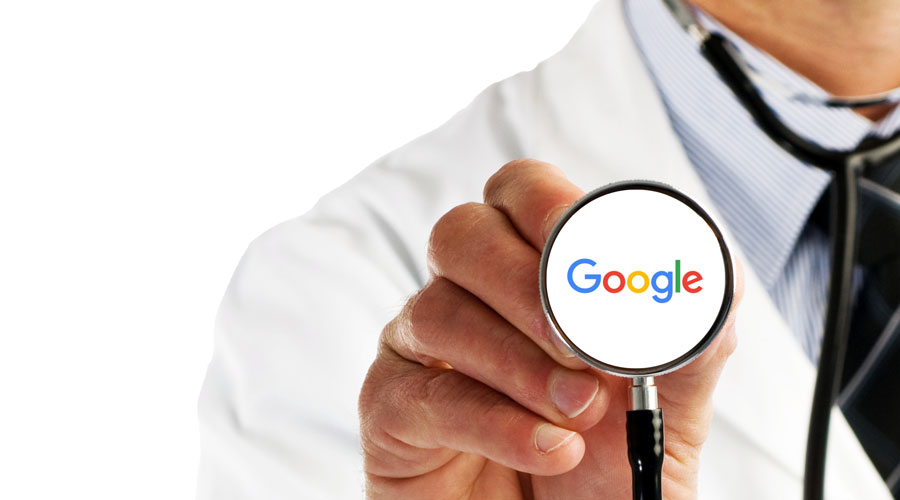
3. Convenience
“Going to the doctor” has rarely been synonymous with “convenience.” Long travel times, inconvenient appointment slots, unpredictable wait times, and brief consultations have been the norm. In no other aspect of daily life would this experience be acceptable–why should it be when it comes to taking care of our health?
- The average wait time in the largest 15 U.S. cities for a new patient appointment is 24 days.4
- The average time in a waiting room before an appointment is 18 minutes and 13 seconds.5
Implication: Armed with choice, consumers won’t remain loyal to practices that do not provide at least a modicum of convenience–whether expanded hours, virtual accessibility, or physical location.
4. Cost
Unlike most other industries where prices are known upfront, healthcare costs have often been shrouded in mystery, leading to surprise bills that arrive weeks or even months later. However, the emergence of transparent government mandates and the growth of retail clinics is starting to reveal clear, understandable pricing to the limelight, enabling people to find care that fits their wallet.
- 44% of U.S. voters have received a surprise out-of-network medical bill. Of those, 48% had to pay more than $1,000.6
Implication: Practices can no longer afford to withhold pricing information, especially for non-emergent treatment.
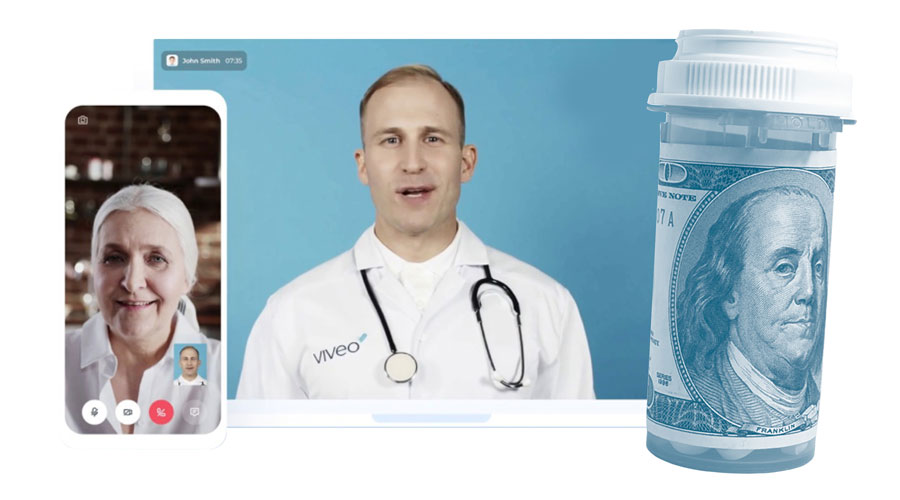
5. Continuous
In pivoting from sick care to health care, management of personal health is becoming continuous rather than episodic. With increased adoption of wearables with IoT connectivity, expanded access to providers, and attention from enhanced care teams, the personal health ecosystem is both growing and diversifying.
- 90% of those with a chronic condition believe they could better manage it with a health monitoring device, with more than half saying they would potentially switch doctors to one who would prescribe a specialized device.7
Implication: Practices must embrace this change by becoming consistent supporters of comprehensive well-being by closing the gap between individually-held data sets and practice-level records.
So what do these 5 C’s mean for the future? To dive deeper into these transformative trends, download the full POV. We promise it’s worth it. Get it here.
Learn more about how WD can help innovate and scale your practice and then talk with our Health and Wellness practice leader, Dan Stanek, to get started.

 Dan Stanek
Dan Stanek
